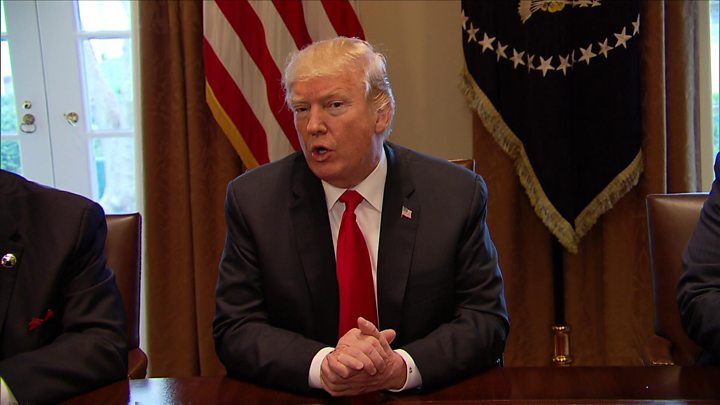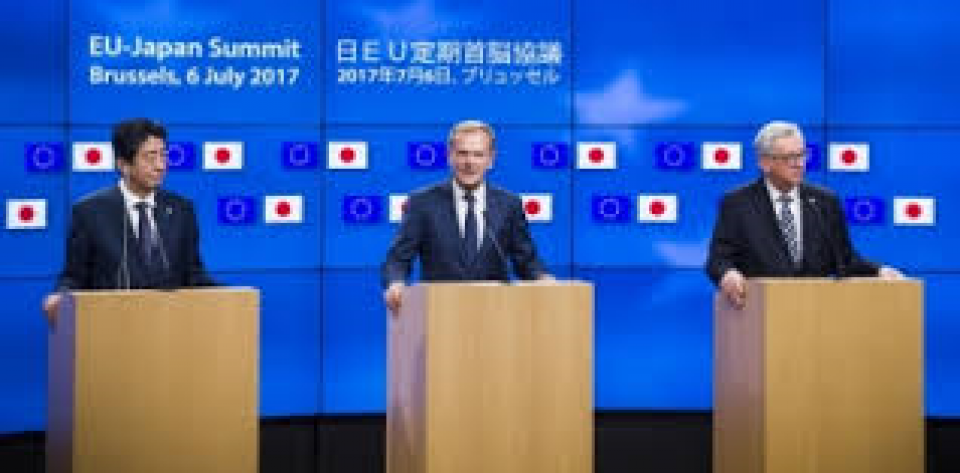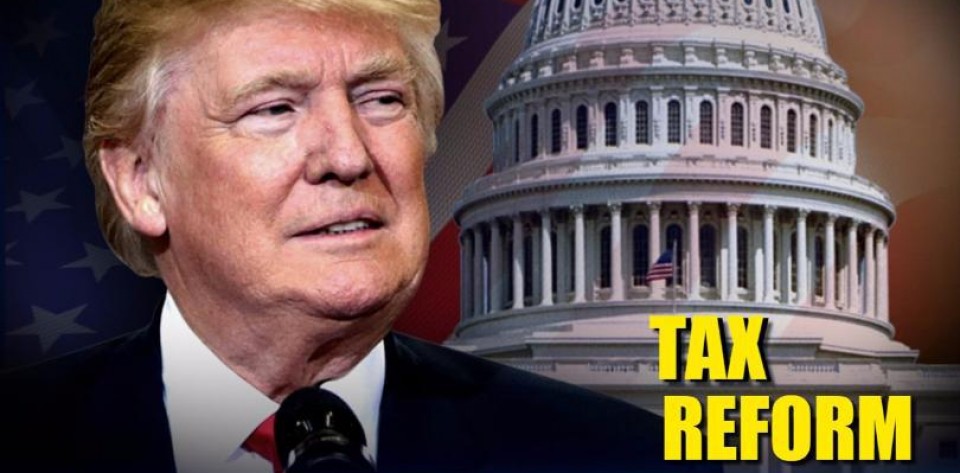
President Trump's announcement Thursday to slap sweeping tariffs on steel and aluminum imports has triggered turmoil across the American economy. During a March 1 meeting at the White House with steel and aluminum executives, Trump said he would announce next week duties of 25 percent on imported steel and 10 percent on aluminum to protect domestic producers. The president's remarks raised the prospect of a trade war and alarmed U.S. business interests and foreign trading partners.
For China, the steel tariff is just the tip of the iceberg. It is an indicator that Washington is becoming more serious about forcing it to reshape its trade practices, from market restrictions and industrial subsidies to technology transfers and protections for state-owned enterprises. And the disputes are part of a bigger picture. China is transitioning from being an inward-looking nation to an outward-acting one. As a consequence, its interests are expanding elsewhere, and it is challenging the global status quo. Its size and influence, accompanied by more aggressive actions, make it an easy target and put it on an inevitable course that directly challenges core U.S. strategic interests.
Though the tariffs are aimed at China, they might actually hit other countries the hardest. The European Union has threatened to put tariffs on Harley-Davidson motorcycles, bourbon and Levi's jeans. Turkey has threatened to put tariffs on American products. China already declared that they will not sit and watch it since hurting the Chinese interests.
Currently, many in Congress do not favor the tariffs. And a lack of consensus within the branches of the U.S. government may give China & EU a way to manage, if not counter, these U.S. initiatives. But this bilateral friction could show up in other areas, leaving many bystander countries scrambling to adjust as two and the half great powers struggle.








